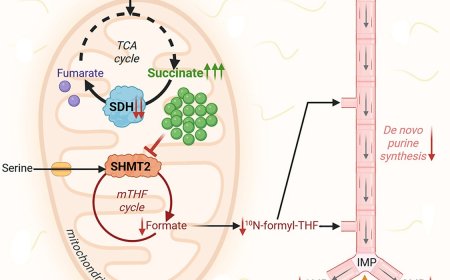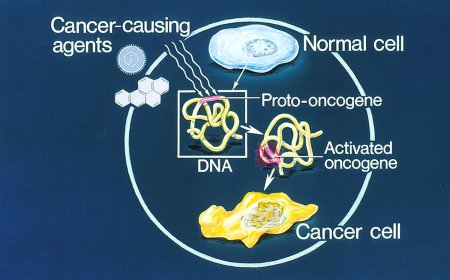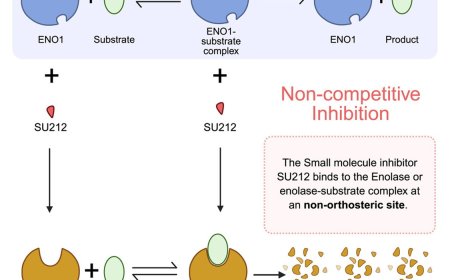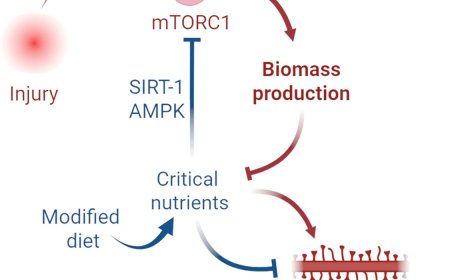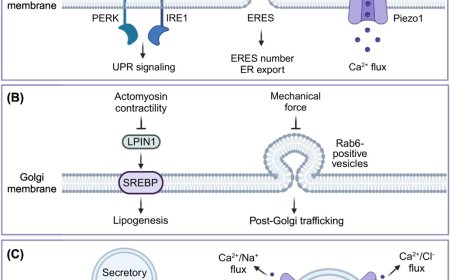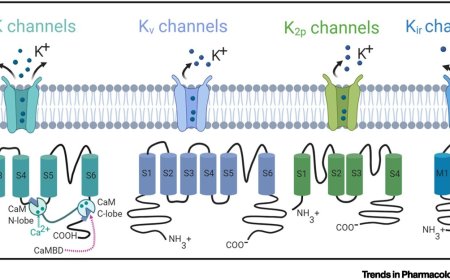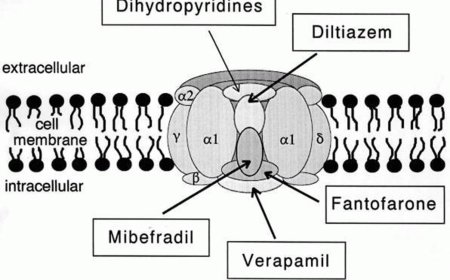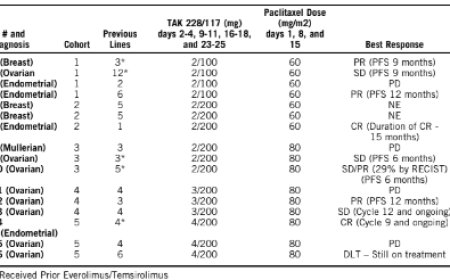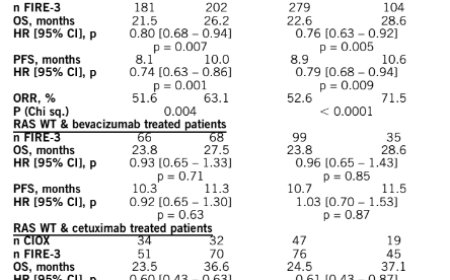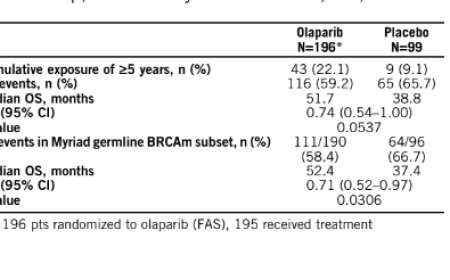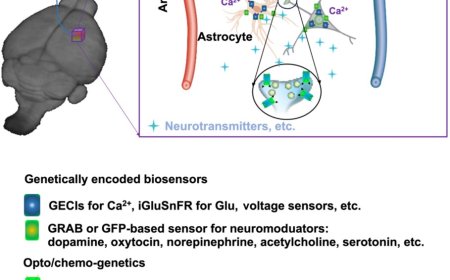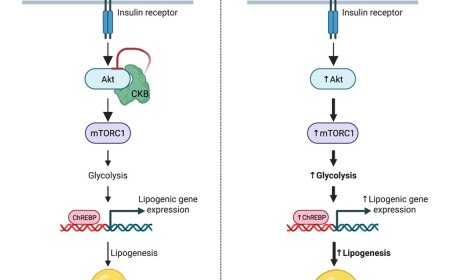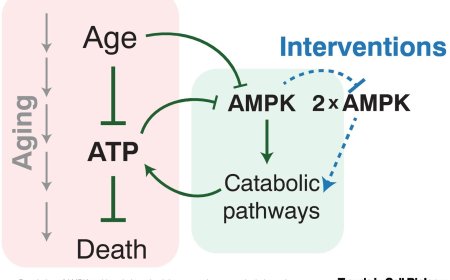Structural pharmacology and mechano-transduction mechanisms of Piezo1
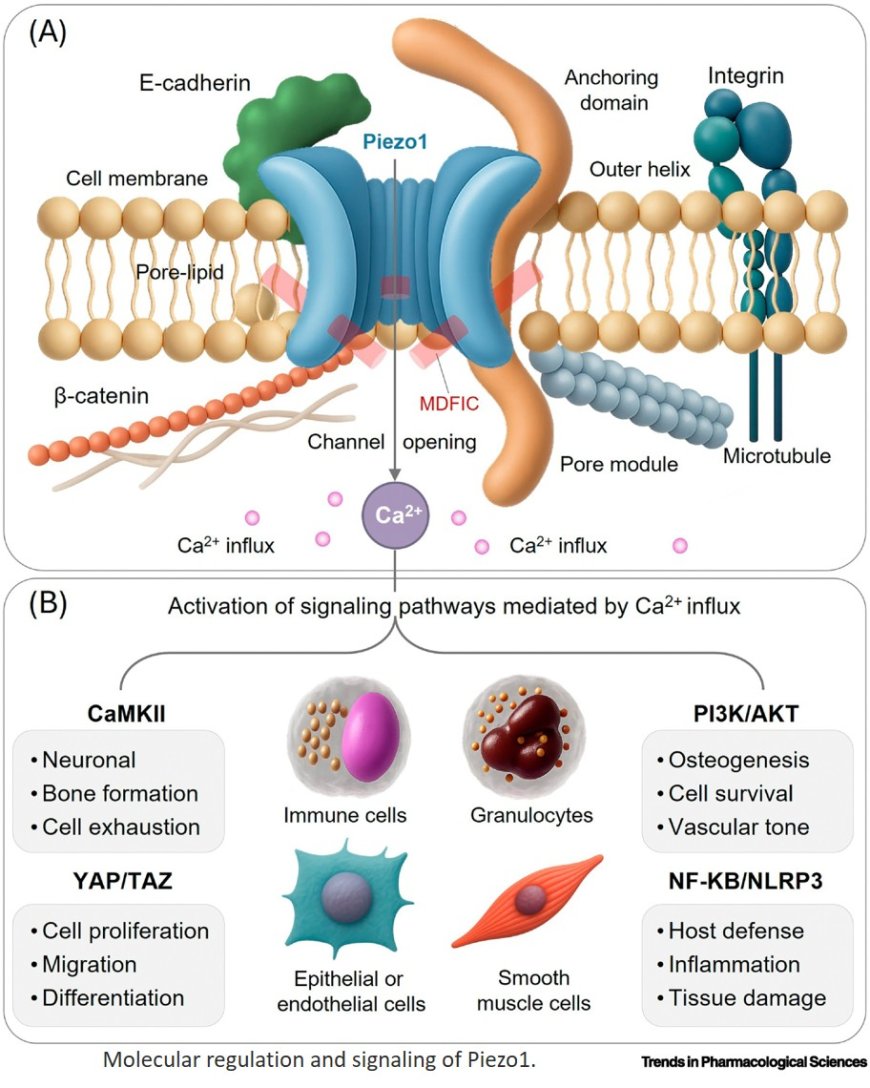
High-resolution cryo-electron microscopy (cryo-EM) structures in various conformational states demonstrate that Piezo1 senses membrane curvature changes, and tension induces a transition from a curved to a flattened state that stores elastic energy for channel activation.
Multiple conformational states support a dynamic curvature-gating model. Piezo1 activity is modulated by accessory proteins (e.g., MDFIC) and membrane lipids such as phosphatidylinositol 4,5-bisphosphate [PI (4,5)P2] and cholesterol that influence gating, inactivation, and structural stability, with notable differences between human and mouse channels.
Advanced live-cell imaging and artificial intelligence (AI)-driven modeling are necessary to capture Piezo1 dynamic gating in physiological contexts, and tissuespecific delivery systems and highly selective modulators are crucial for safe and effective therapies.
Combining cutting-edge imaging, computational modeling, and physiologically relevant models (organoids, organs-ona-chip) will address key barriers and unlock the therapeutic potential of Piezo1 across mechanosensitive diseases.
https://www.cell.com/trends/pharmacological-sciences/fulltext/S0165-6147(25)00142-7
https://sciencemission.com/piezo1-structural-pharmacology-and-mechanotransduction-mechanisms
